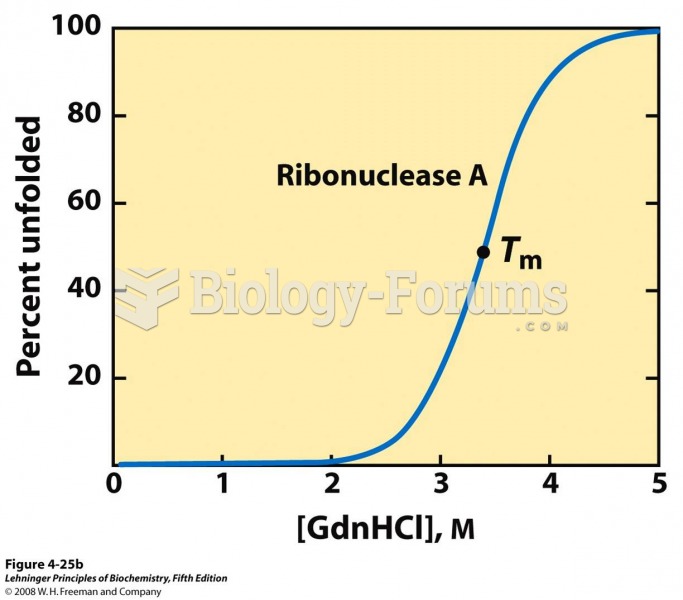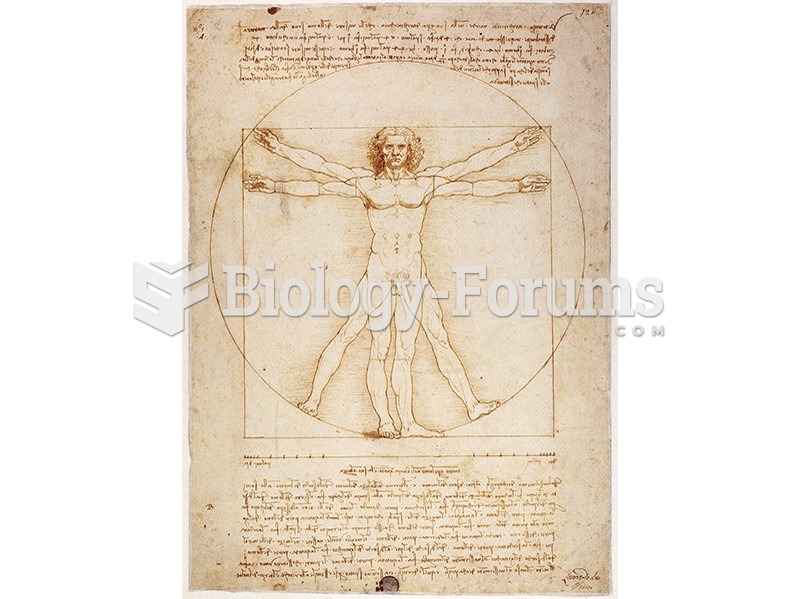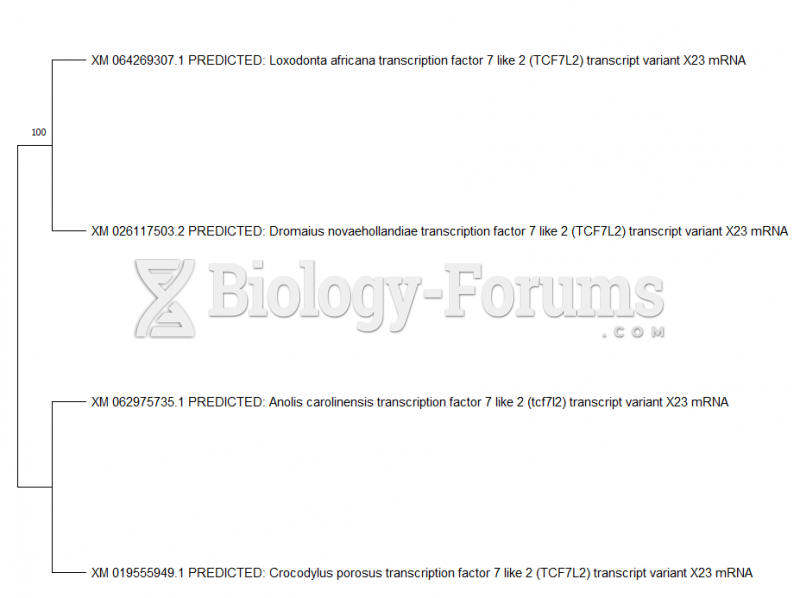|
|
|
Did you know?
Your heart beats over 36 million times a year.
Did you know?
The heart is located in the center of the chest, with part of it tipped slightly so that it taps against the left side of the chest.
Did you know?
Once thought to have neurofibromatosis, Joseph Merrick (also known as "the elephant man") is now, in retrospect, thought by clinical experts to have had Proteus syndrome. This endocrine disease causes continued and abnormal growth of the bones, muscles, skin, and so on and can become completely debilitating with severe deformities occurring anywhere on the body.
Did you know?
Human kidneys will clean about 1 million gallons of blood in an average lifetime.
Did you know?
Asthma cases in Americans are about 75% higher today than they were in 1980.







